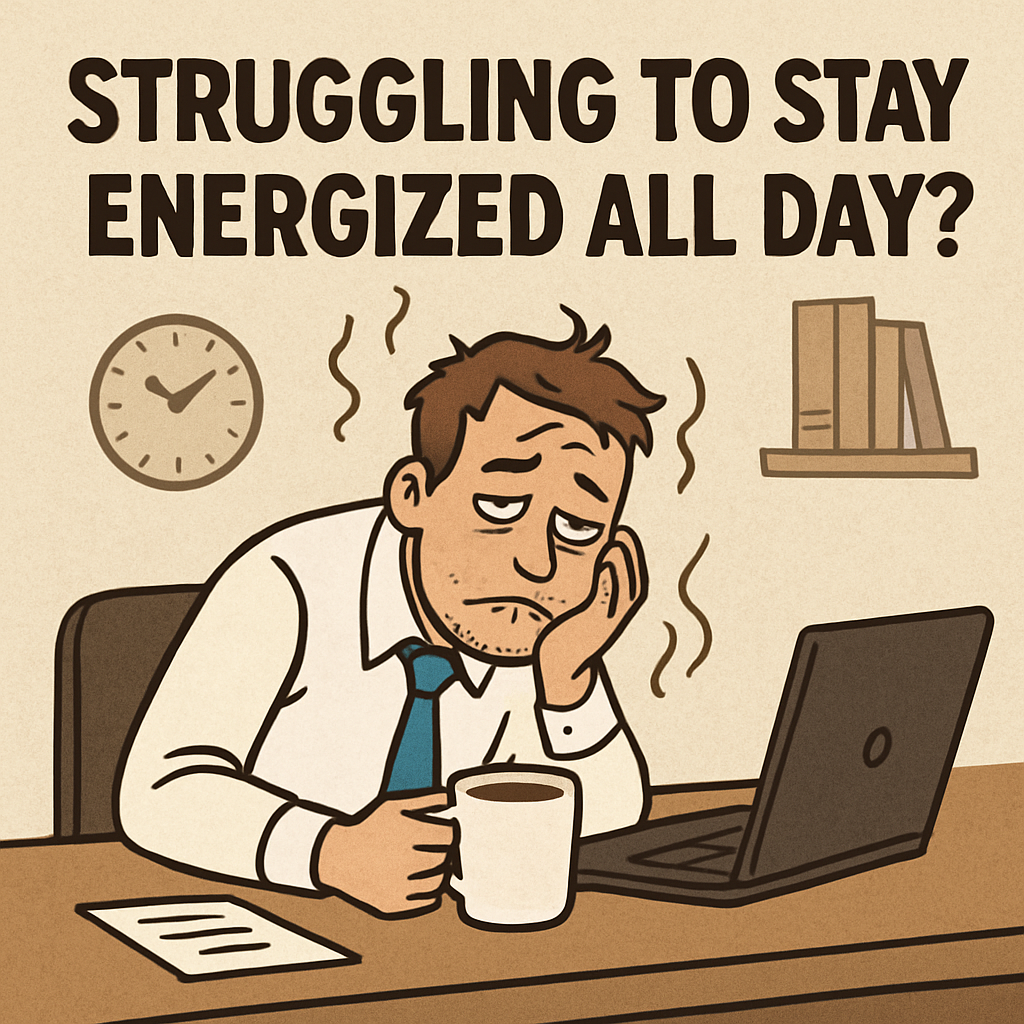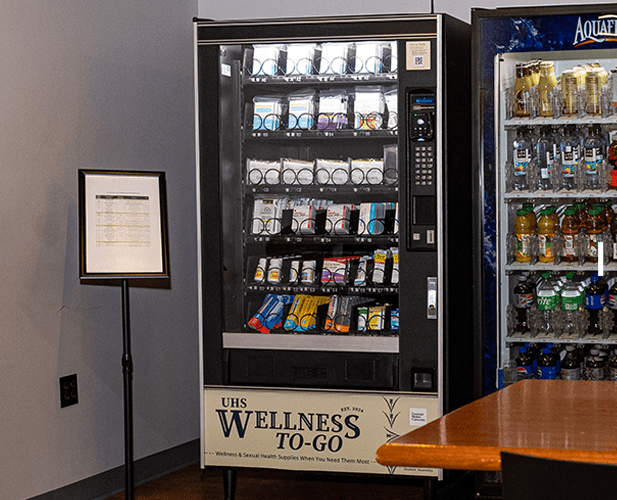Smoking is one of the most harmful habits, but quitting can be challenging due to physical and psychological dependence. However, with determination and the right strategies, it’s possible to break free from this habit. Here’s a practical guide to help you stop smoking and build a healthier life.
Why Is It Important to Quit Smoking?
Cigarettes contain nicotine, an addictive substance, and other chemicals that damage the lungs, heart, and other organs. According to the World Health Organization, smoking is responsible for millions of deaths annually due to diseases like lung cancer, heart disease, and respiratory issues. Quitting smoking improves your health, extends your lifespan, and enhances your quality of life.
Steps to Quit Smoking
- Set a Clear Goal and Motivation
Decide why you want to quit. Whether it’s for your health, family, or financial reasons, having a strong “why” keeps you motivated. Write down your reasons and revisit them when cravings hit. - Create a Plan
Choose a quit date within the next two weeks and prepare for it. Decide whether you’ll quit cold turkey or gradually reduce your cigarette intake. Research aids like nicotine patches, gum, or prescription medications, and consult a doctor if needed. - Identify Triggers and Replace Habits
Recognize situations that make you want to smoke, such as stress, coffee, or social settings. Replace smoking with healthier alternatives, like chewing gum, drinking water, or deep breathing exercises. For example, if you smoke during breaks, try taking a walk instead. - Build a Support System
Tell friends, family, or coworkers about your plan to quit and ask for their support. Join a support group or online community for encouragement. Professional help, like counseling or therapy, can also make a difference. - Manage Cravings
Nicotine cravings can be intense but usually last only a few minutes. Distract yourself with activities like exercise, reading, or hobbies. Keep your hands and mouth busy with snacks like carrots or sunflower seeds. Over time, cravings will weaken. - Stay Positive and Handle Setbacks
Quitting is a journey, and slip-ups may happen. If you smoke a cigarette, don’t give up. Analyze what triggered it and recommit to your goal. Celebrate small victories, like a smoke-free day or week, to stay motivated. - Adopt a Healthy Lifestyle
Regular exercise, a balanced diet, and good sleep can reduce stress and improve your mood, making it easier to resist cravings. Avoid alcohol or other triggers that may tempt you to smoke.
Tools and Resources
- Nicotine Replacement Therapy (NRT): Patches, gum, lozenges, or inhalers can reduce withdrawal symptoms.
- Medications: Drugs like bupropion or varenicline may help, but consult a doctor first.
- Apps and Hotlines: Apps like QuitNow or Smoke Free offer tips and track progress. In many countries, quitlines provide free counseling.
- Counseling: Behavioral therapy can help you address the psychological aspects of quitting.
Benefits of Quitting
- Within 24 hours: Your risk of heart attack begins to decrease.
- Within 1 month: Lung function improves, and coughing decreases.
- Within 1 year: Your risk of heart disease is half that of a smoker.
- After 10 years: Your risk of lung cancer drops significantly.
Final Thoughts
Quitting smoking is one of the best decisions you can make for your health and well-being. It requires effort, but the rewards—better health, more energy, and freedom from addiction—are worth it. Take it one day at a time, and don’t hesitate to seek help when needed.





